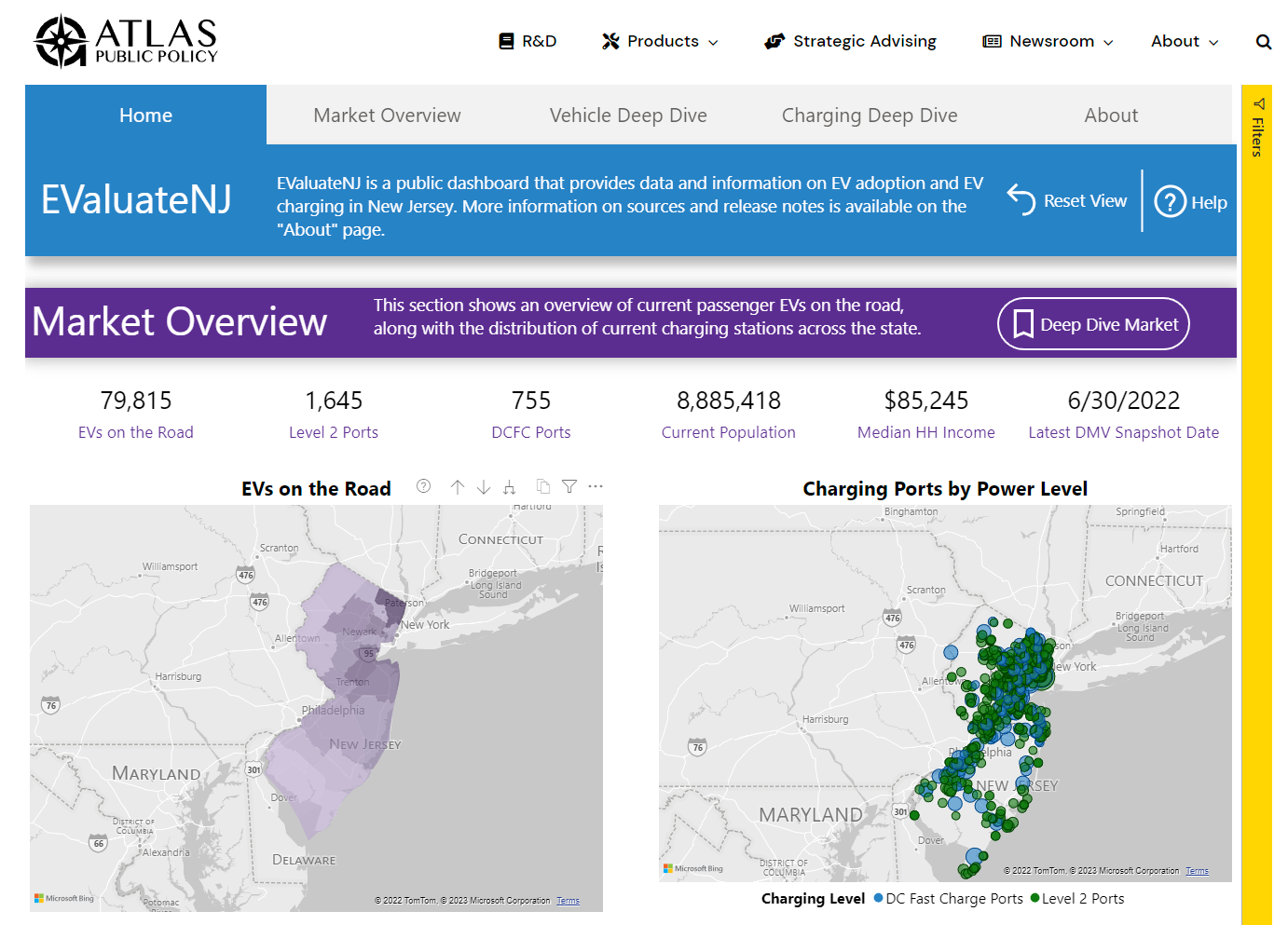
Chargers and Charging
Charging an electric vehicle is as simple as plugging in – but there are some things to know about charging options, connector types, and charging times.
Charging Levels
Level 1
This is the slowest method of charging but is sufficient for many EV drivers.
🔌 Every EV can be plugged into a standard residential 120-volt outlet using the charger cord provided with the vehicle.
⌚ Level 1 charging provides 3-5 miles of range per hour of charging.* That comes out to 35-50 miles of range for 12 hours of overnight charging.
✔ Most U.S. drivers travel less than 40 miles per day, so Level 1 charging can work well for the average driver.
Level 2
For drivers who typically travel more than 40 miles per day or who want a faster charge, Level 2 charging is a great option.
🔌 Level 2 chargers plug into a 240-volt or 208-volt outlet (like an electric stove or clothes dryer).
⌚ Level 2 chargers provide 15-50 miles of range per hour of charging.*
✔ You can install home charging equipment with help from a licensed electrician. Many public charging stations provide Level 2 chargers.
Direct Current Fast Charging
DC Fast Chargers (DCFC), also called quick chargers or superchargers, are popping up all over the country and offer the fastest charging speeds.
🔌 DCFC require a 480-volt circuit and can be found at highway rest stops, shopping centers, and community charging hubs. There are three types of connectors that depend on the vehicle make and model – be sure to know which your vehicle can accept (see connector types below). Then visit the How to Find a Charger section below to see which options are available at fast charging sites near you.
⌚ Plug in at a fast charger to get nearly a full charge from empty in 20-60 minutes.* Note that it’s recommended to charge up to 80% using a fast charger to keep your battery performing at its best.
✔ Fast chargers are perfect for long road trips, extra-long commutes, condo and apartment dwellers, or drivers that need a quick top off.
Connector Types
Like cell phones, different vehicle brands use different connectors to charge. Be sure to know which one your vehicle uses, and which are available at public charging sites if you need to charge on-the-go.
Level 1
J1772

Tesla

Level 2
J1772

Tesla

DCFC
CCS

CHAdeMO

Tesla

Cost of Charging
While the cost of charging depends on a few things – where you charge (at home or at a public charger), the price of electricity in your area, and the charging level – overall, filling up your battery is less than half the cost of gasoline.
Here a few calculators to let you compare the cost of charging an EV versus fueling up a gasoline vehicle: ChargEVC, U.S. Department of Energy.
Charging at home
Your electric rate is one factor in the cost of charging at home. Bigger batteries also take longer to charge than smaller batteries.
Charging On-the-Go
Even though most charging is typically done at home, you may still need the occasional charge while out and about.
Many public charging stations and workplaces use Level 2 chargers – some even offer free charging. Those that have a fee usually accept payment by credit card or through a mobile app. The cost of public Level 2 charging can vary greatly – usually more than you’d pay if you charged at home, but certainly less than you’d pay for the equivalent fueling at the gas pump.
Fast chargers are usually more expensive than Level 1 or Level 2. DC Fast charging prices can vary greatly. Check out the apps and websites in the How to Find a Charger section below to see the price of charging at a location near you.
How to Find a Charger
How to Find a Charger
Many EVs have charging station locators built into their on-board navigation system. Apps and websites can also help you find chargers and plan your trips. Some even let you know if a charger is available now, if there is a wait time, and if you can make a reservation.
EValuateNJ
The EValuateNJ dashboard is made possible through a collaboration between the NJDEP and Atlas Public Policy to provide analytics regarding the state of transportation electrification in New Jersey. NJDEP provides decoded vehicle registration data to Atlas Public Policy twice a year and Atlas Public Policy obtains demographic data from the US Census Bureau, charging station data from the US Department of Energy and utility information, including retail electricity prices, from the US Energy Information Administration. The information below is a small snapshot of what is available in the EValuateNJ dashboard. Access the full EValuateNJ dashboard
Additional Resources
Consumer Resources
The Basics of EV Charging
To learn more about charging, check out Forth, the U.S. Department of Transportation, the U.S. Department of Energy, or NRDC.
Charging Incentives
Visit the Incentives page to learn how you can save when you buy and install a charging station at your home.
Spreading the Word
Interested in talking with your town, employer, landlord or homeowner’s association about installing charging stations? Here are some resources to get those conversations started:
Local Government
Electric Vehicle Charging Equipment List
Plug-In Electric Vehicle Handbook for Public Charging Station Hosts
Site Owners of Electric Vehicle Charging Stations on Commercial Properties: Best Practices Guide
Electric Vehicle Charging Infrastructure – Guidelines for Cities
Alternative Fuel Vehicle Readiness: A Guidebook for Municipalities
Regulatory Signs for Electric Vehicle Charging and Parking Facilities
Apartments and Condominiums
NJ Multi-Unit Dwelling Toolkit
Electric Vehicle Charging Equipment List
Installing a Residential Plug-in Charging Station
Alternative Fuels Data Center – Charging Plug-in Electric Vehicles at Home
Alternative Fuels Data Center – Electric Vehicle Charging for Multi-Unit Dwellings
Regulatory Signs for Electric Vehicle Charging and Parking Facilities
